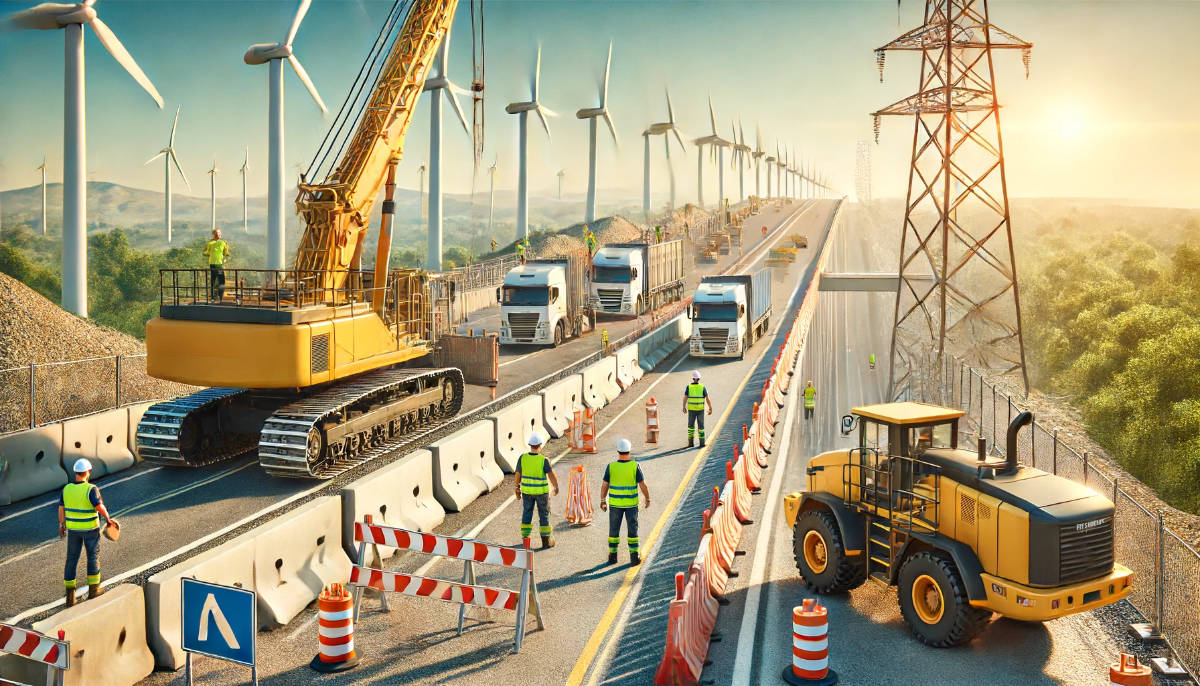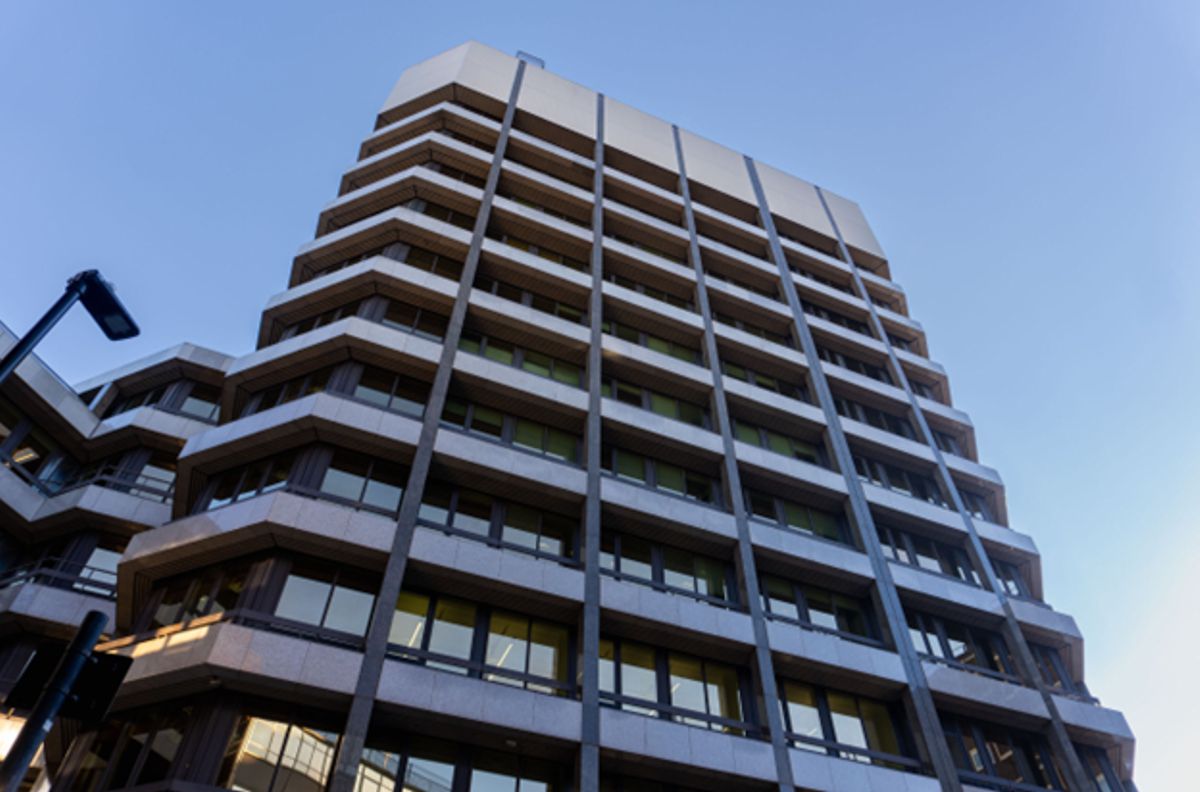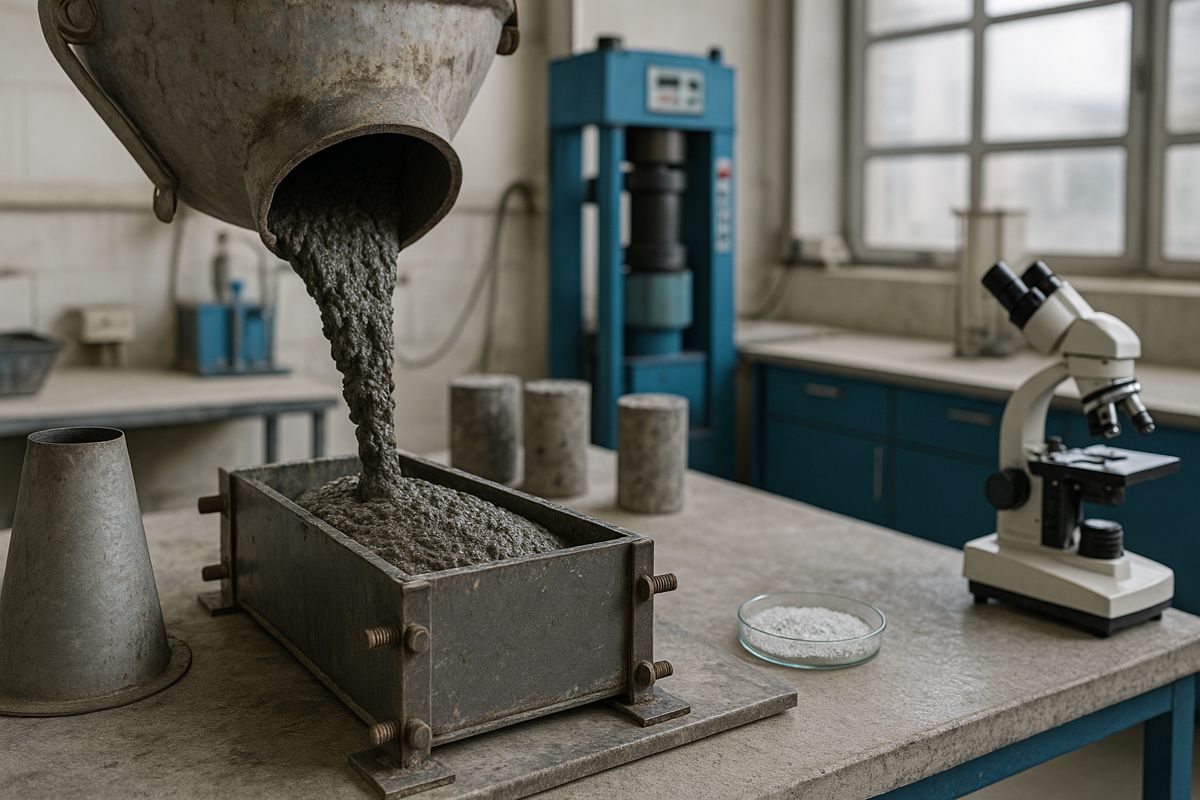Harnessing Wind Power for Sustainable Construction
The construction industry constantly seeks ways to reduce its environmental footprint, making renewable energy sources like wind power highly promising. Wind power offers a clean, sustainable solution for highway construction, helping to lower carbon emissions and operational costs.
This article explores the benefits of wind energy, its current applications in construction, and its future potential. Real-world examples and expert insights will demonstrate how a wind power generator can revolutionize highway development and promote environmental stewardship.
What is Wind Power and Its Benefits in Construction
Wind power uses the wind to create electricity. Wind power offers numerous advantages for the construction industry, particularly in highway projects.
- Utilizing wind energy can significantly reduce carbon emissions compared to traditional fossil fuels.
- Wind power generation is a clean process, producing no greenhouse gases during operation. This reduction in emissions helps construction companies meet stringent environmental regulations and contribute to a healthier planet.
- Additionally, wind power can lower operational costs. Once the wind turbines are installed, the cost of maintaining and generating energy is relatively low. This makes wind energy an economically viable option for large-scale infrastructure projects.
- Construction firms can invest in wind power projects to achieve long-term savings and enhance their sustainability credentials.

Current Implementations in the Construction Sector
Several construction projects worldwide have successfully integrated wind power.
- For instance, a wind farm adjacent to highway projects provides renewables to power construction equipment and facilities. This reduces reliance on diesel generators, which are costly and polluting.
- Wind turbines installed on-site or nearby generate electrical energy that supports daily operations, showcasing the practical benefits of wind energy generation.
- An example is the use of wind power in constructing highways in Denmark, where onshore farms provide a significant portion of the energy required.
This approach not only cuts down on carbon emissions but also demonstrates the feasibility of using wind power in large-scale infrastructure projects.
Potential for Future Projects
The potential for future projects harnessing wind power in highway construction is immense. Advances in wind turbine technology, such as larger wind turbines and more efficient turbine blades, can generate more energy even at lower wind speeds. This makes wind power viable in a broader range of locations, including areas previously considered unsuitable.
Moreover, the global wind power sector continues to grow, driven by the increasing demand for renewable energy. This growth is reflected in the world energy outlook, which predicts a significant rise in the contribution of wind energy to the global energy mix.

Wind Power vs. Traditional Energy Sources
When comparing wind power to traditional energy sources like nuclear power plants and fossil fuels, the benefits are clear. Wind generation is cleaner and safer, with no risk of nuclear accidents or harmful emissions.
While power plants produce significant amounts of energy, the long-term waste management and safety concerns make wind power a more attractive option for sustainable development.
Furthermore, wind power pros and cons reveal that the advantages, such as reduced environmental impact and lower operational costs, outweigh the challenges. Although initial installation costs and wind speed doubles can pose issues, technological advancements continue to address these challenges.
Role of Local Communities in Wind Power Projects
Communities play a crucial role in the success of power projects. Community involvement ensures that projects are socially accepted and meet local needs. For example, wind solar power for homes can provide residents with clean, renewable energy, reducing their reliance on the national grid and lowering energy costs.
Engaging with communities also helps in identifying the best sites for farms, considering factors such as wind speed and environmental impact. Projects that involve local stakeholders are more likely to succeed and contribute to the overall sustainability goals of the region.
Environmental and Economic Impact of Wind Power
The environmental impact of offshore wind power is minimal compared to traditional energy sources. Wind turbines produce no emissions during operation and have a relatively small footprint. This makes them ideal for integrating into highway construction projects, where minimizing environmental disruption is crucial.
Economically, wind power can create jobs and stimulate local economies. The construction and maintenance of wind farms require skilled labour, providing employment opportunities. Additionally, the energy produced by wind farms can support local businesses and reduce energy costs, contributing to economic growth.
Technological Advances in Wind Turbine
Technological advances in wind power continue to improve efficiency and reduce costs.
- Innovations such as larger wind turbines and more efficient turbine blades enhance the capacity of wind farms to generate energy.
- Offshore wind technology has also advanced, enabling the development of wind plants in deeper waters with higher wind speeds.
- These technological improvements make wind turbines a more viable option for highway construction projects.
- Construction firms can leverage these advancements to implement sustainable energy solutions that are both cost-effective and environmentally friendly.
Future Outlook for Wind Power in Highway Construction
The future outlook for wind power in highway construction is promising. As the global wind turbine sector expands, more opportunities will arise for integrating wind energy into infrastructure projects.
Governments and private companies are increasingly recognizing the importance of renewable energy sources, leading to supportive policies and investments in wind turbine projects.
In the coming years, it is expected that wind turbines will become a standard component of highway construction, providing a reliable and sustainable energy source. This shift will not only reduce the environmental impact of construction projects but also promote a greener, more sustainable future for the industry.

Wind Power Pros and Cons
Pros
- Reduces carbon emissions significantly
- Low operational and maintenance costs
- Renewable and sustainable energy source
Cons
- High initial installation costs
- Dependent on variable wind speeds
Final Words
Harnessing wind power for highway construction offers a sustainable solution to reduce carbon emissions and operational costs.
The construction industry can benefit from the growing wind power for homes sector, advancing towards a greener future through innovative renewable energy practices.



















